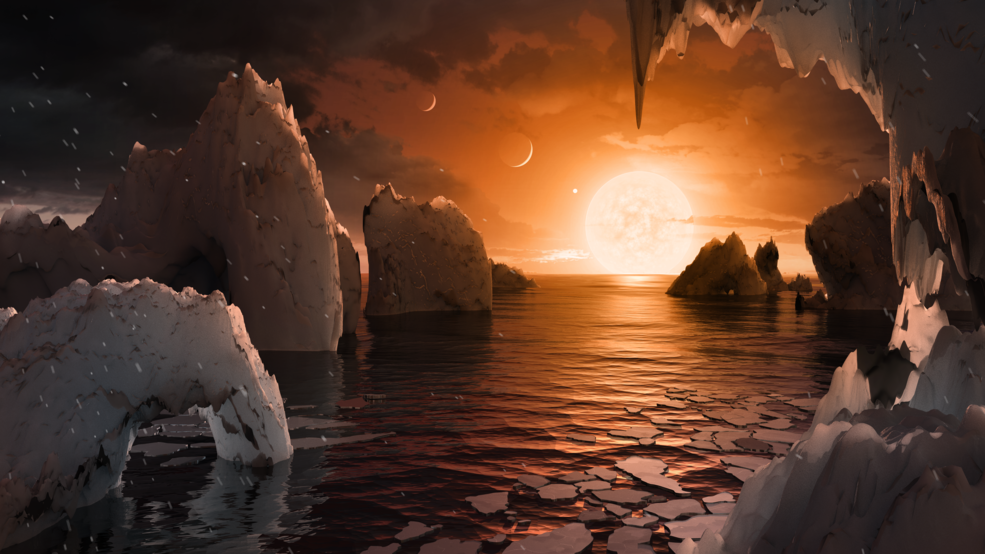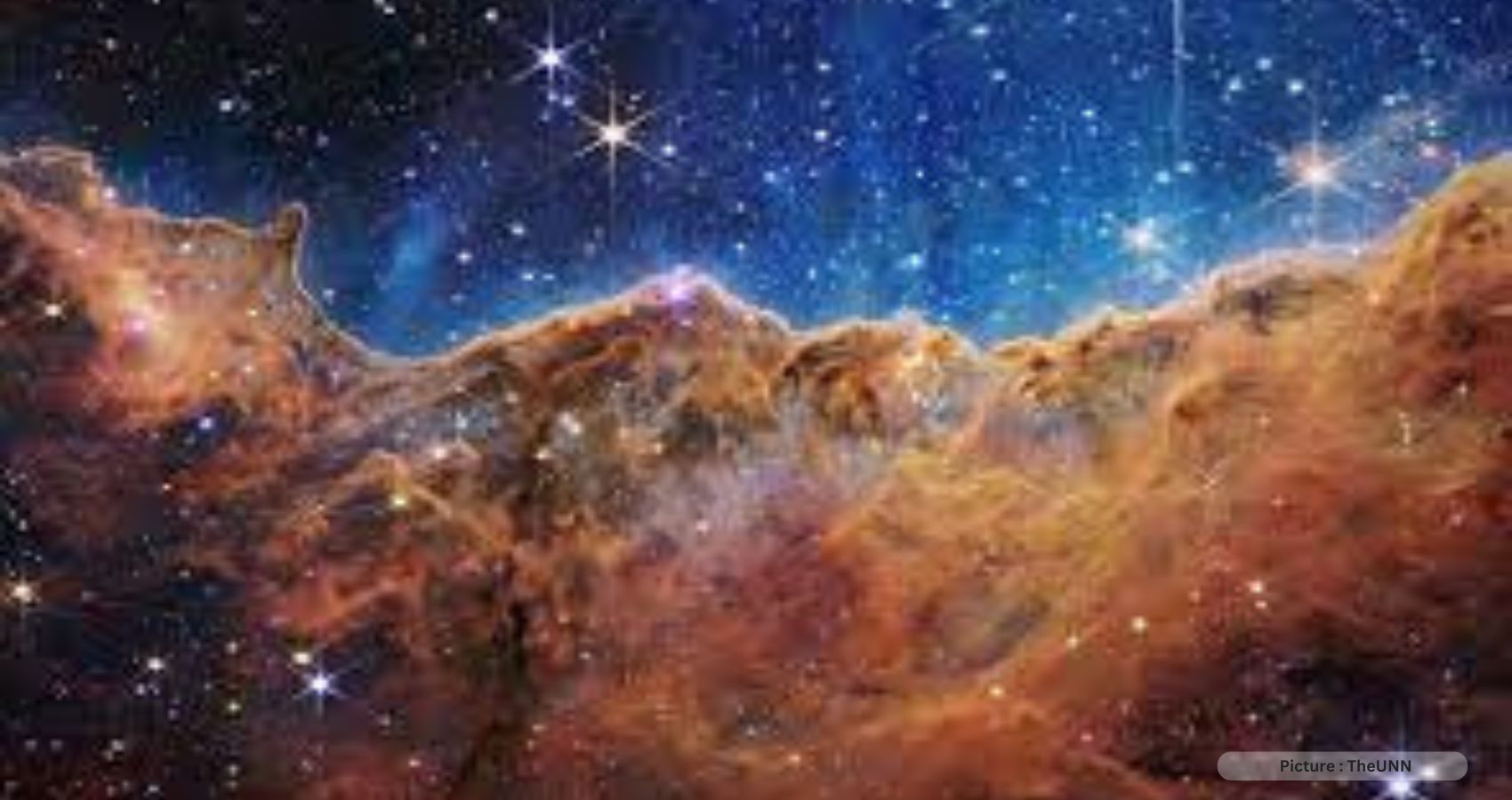In a groundbreaking discovery, NASA’s James Webb Space Telescope has unveiled intriguing evidence hinting at the existence of a distant exoplanet located approximately 120 light years away, which might be enveloped by an expansive ocean—raising the possibility of life beyond our solar system.
 The telescope’s observations have identified the presence of dimethyl sulfide (DMS) on this distant celestial body known as K2-18 b. Notably, DMS is a molecule that, as far as we know from Earth, can solely be generated by living organisms. In addition to DMS, the research also detected the presence of methane and carbon dioxide within the exoplanet’s atmosphere. These findings collectively suggest that K2-18 b could potentially qualify as a “Hycean” planet—characterized by a hydrogen-rich atmosphere and a surface concealed beneath a substantial ocean.
The telescope’s observations have identified the presence of dimethyl sulfide (DMS) on this distant celestial body known as K2-18 b. Notably, DMS is a molecule that, as far as we know from Earth, can solely be generated by living organisms. In addition to DMS, the research also detected the presence of methane and carbon dioxide within the exoplanet’s atmosphere. These findings collectively suggest that K2-18 b could potentially qualify as a “Hycean” planet—characterized by a hydrogen-rich atmosphere and a surface concealed beneath a substantial ocean.
Situated within the habitable zone of its host star—an intriguing red dwarf star inhabiting the Leo constellation—K2-18 b is positioned at a distance where it receives an adequate amount of radiation from its host star, potentially fostering conditions suitable for the presence of liquid water on its surface. Although the discovery of K2-18 b initially dates back to NASA’s K2 mission’s identification in 2015, it is only through the James Webb Telescope’s meticulous observations that the existence of these significant molecules has been unveiled, generating considerable excitement within the scientific community.
K2-18 b: An Enigmatic Ocean World
Described as an exoplanet falling within the category of “sub-Neptunes,” K2-18 b’s size ranges between that of Earth and Neptune. These sub-Neptunes are a distinct class of exoplanets that stand apart from any celestial bodies within our own solar system, thereby necessitating conjecture and inference in the absence of direct comparative data.
As NASA aptly highlights, “Although this kind of planet does not exist in our solar system, sub-Neptunes are the most common type of planet known so far in the galaxy.” Subhajit Sarkar, a researcher from Cardiff University and co-author of a yet-to-undergo-peer-review study on this discovery, emphasizes, “We have obtained the most detailed spectrum of a habitable-zone sub-Neptune to date, and this allowed us to work out the molecules that exist in its atmosphere.”
Nonetheless, it is crucial to temper enthusiasm, as it is still premature to definitively assert that K2-18 b is teeming with life. The researchers involved in this groundbreaking discovery underscore the pressing need for additional data to affirm these findings.
Nikku Madhusudhan, the team lead and a professor at the University of Cambridge, expressed the weighty responsibility that accompanies such a profound claim, stating, “If confirmed, it would be a huge deal, and I feel a responsibility to get this right if we are making such a big claim.” Fortunately, this need for further data is soon to be addressed, thanks to the James Webb Space Telescope’s Mid-Infrared Instrument (MIRI) spectrograph, which is already poised to provide valuable additional insights.
The Quest for Extraterrestrial Life
The implications of this discovery extend beyond the boundaries of our current understanding of planetary diversity. Madhusudhan affirms, “Our ultimate goal is the identification of life on a habitable exoplanet, which would transform our understanding of our place in the universe.” He underscores the promise that these findings hold for advancing our comprehension of Hycean worlds and their potential for sustaining life—a pursuit that has long fascinated scientists and now takes a significant step forward with the revelations brought to light by the James Webb Space Telescope.
NASA’s James Webb Space Telescope has uncovered compelling evidence suggesting the presence of a distant exoplanet, K2-18 b, positioned within its host star’s habitable zone. The detection of dimethyl sulfide (DMS), methane, and carbon dioxide in its atmosphere hints at the possibility of K2-18 b being a “Hycean” planet, characterized by a substantial ocean and a hydrogen-rich atmosphere. While these findings spark excitement about the potential for extraterrestrial life, scientists emphasize the need for further data and caution against prematurely drawing conclusions about the existence of life on this intriguing celestial body. The James Webb Space Telescope’s ongoing observations with the MIRI spectrograph promise to shed more light on the enigmatic world of K2-18 b and its suitability for hosting life, marking a significant step in our quest to uncover the mysteries of the cosmos.











